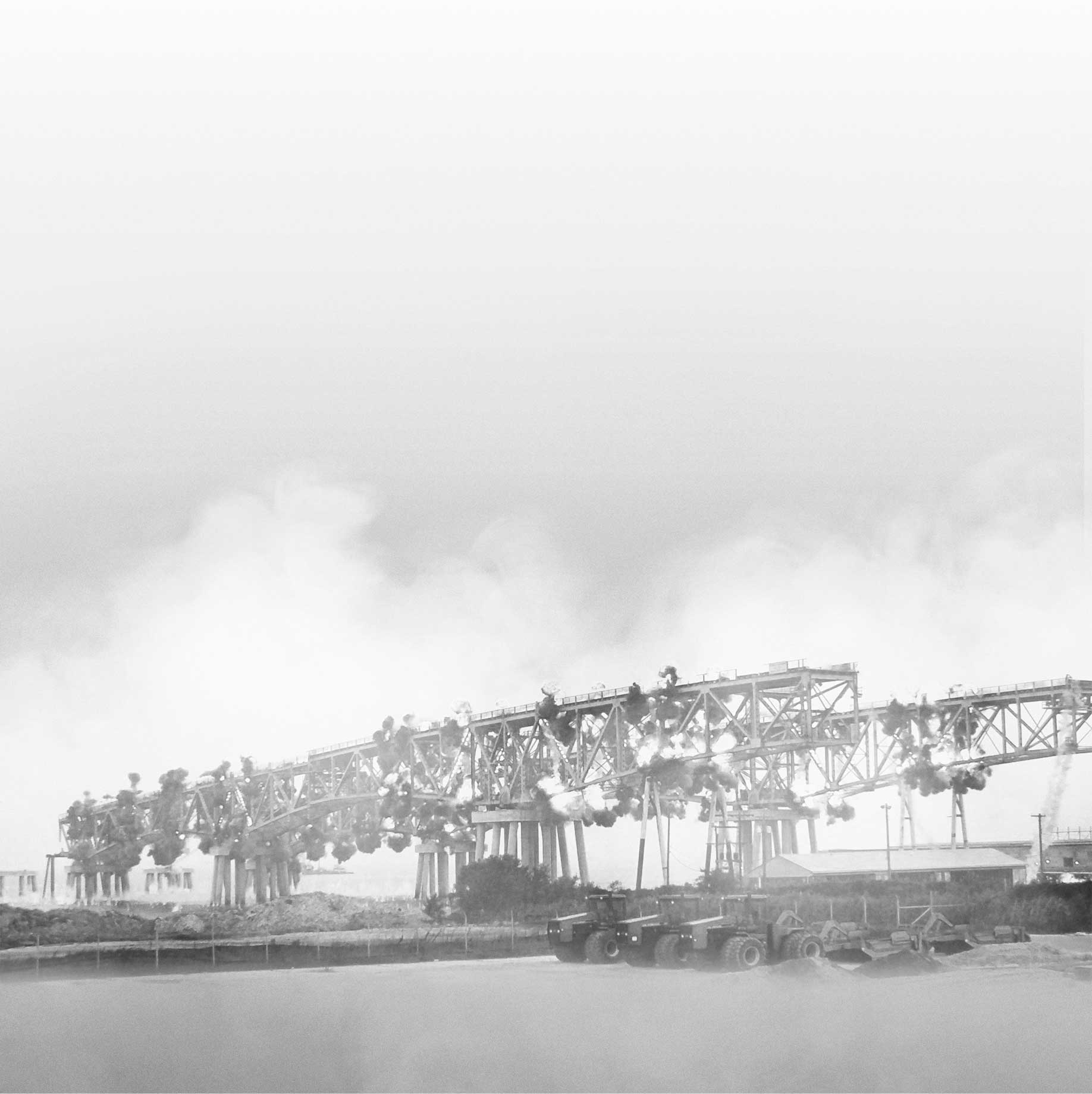Fort Detrick Building #470

The National Institute of Health (NIH) is recognized as being one of the most demanding of property owners when it comes to safety, communication, and fail-safe procedures. Their National Cancer Institute (NCI-Frederick) at Fort Detrick, Maryland is one of the most advanced scientific communities on Earth. Construction-related contracts there are managed under the auspices of SAIC, a contractor manager also known for its stringent communication and performance requirements.
PROJECT OUTLINE
In late 2002, SAIC went out to demolition contractors nationwide for an RFP covering the interior stripout and dismantling of the US Army’s former biological weapons laboratory best know for its weapons-grade Anthrax research and production. The lab had been shut down and purged by the Army decades ago, but the political profile and heightened concern for the removal of this structure was front page news at Fort Detrick, in Frederick, Maryland, and in the National news given the Anthrax problems and scares of 2002/2003.
The 7-story structural steel building (#470) contained heavy industrial equipment and scientific facilities used in the research and development programs. The structure abutted two (2) operational labs conducting research in Aids, Ebola, West Nile Virus and other exotic infectious diseases.
Building 470 had to be removed without damaging the adjacent labs, creating vibration above 0.1 inches per second, which would disrupt the FLOW-Cytometer which sorted individual human cells as part of the research program. Vibration Noise levels also needed to be held below 100 decibels with no “sudden noises,” so as not to “frighten” scientists performing delicate research by hand, research which would have been extremely expensive to replicate if lost or even irreplaceable.
Lastly, the RFP called for a design-build of new end-wall closures for the two (2) adjacent laboratories, backfilling of the basement/grading of the site for paving and new concrete construction supporting adjacent improvements.
PROJECT AWARD
Following a review of responses from a who’s-who list of bidders, SAIC, NCI-Frederick and NIH selected CDI for the project. Their decision was based on CDI’s experience in the nuclear and abatement industry in dealing with controlled particulate environments, experience in dealing with WMD through dismantling chemical weapons plants internationally for the US Government, and CDI’s experience in dealing with public concerns/perceptions for over half a century on high-profile implosion projects in urban environments worldwide. CDI also designed and developed a multi-colored flashing light system which warned CDI operators when noise/vibration levels approached various levels toward critical thresholds established by preliminary monitoring of ambient conditions surrounding the site.
PROJECT EXECUTION
CDI’s in-house community outreach personnel worked with SAIC and NCI-Frederick to define and then calm the fears and concerns of Fort Detrick personnel and the public. CDI’s field forces sealed off the structure and completely gutted the facility under a negative air program parallel with extensive exhaust air and debris monitoring programs performed by Midwest Research, Inc. Water used for dust palliation was steam treated and tested before being released into controlled waste water facilities at Fort Detrick.
Simultaneously, CDI’s team wrapped the building in scaffold and mesh to literally shield visible operations from the eyes of concerned parties working 60-hour weeks, CDI dismantled the structure within the scaffold/mesh screen and floor-by-floor, the building just went away, unnoticed and without interference to adjacent lab operations.
As the upper floors of the structure were being dismantled, sound-deadening foam and weather-proofing materials were being installed over the exposed walls of the two (2) adjacent labs. By the time dismantling operation reached those levels, the advanced construction kept noise within threshold constraints. Steel framing was designed and hung and an EIFS-finish system was installed, matching adjacent construction at Fort Detrick.
CDI quietly finished the project safely, well ahead of schedule and well under SAIC’s budget for the project.

